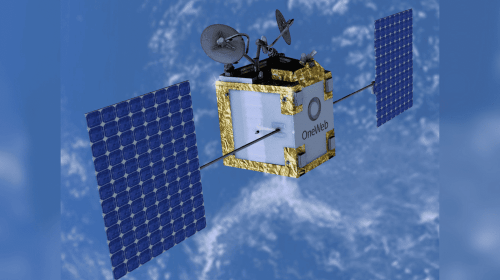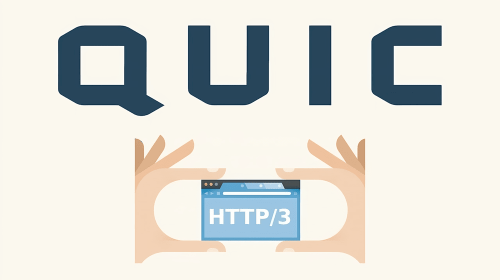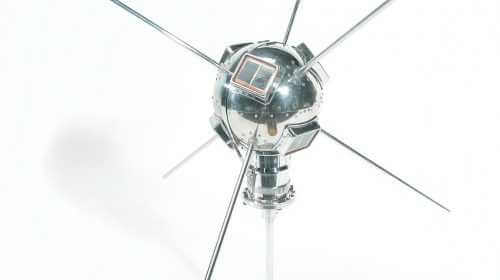How Are Student Teams Redefining SmallSat Technology?
Nov 09, 2025
The 100th PocketQube satellite is set to launch on Tuesday, November 11 as part of SpaceX’s Transporter-15 rideshare mission, with Alba Orbital deploying four satellites in collaboration with SEOPS. SpaceX is targeting Falcon 9’s launch from Space Launch Complex 4E at Vandenberg Space Force Base in California on November 11 at 10:18 a.m. PT. The upcoming launch will carry satellites built by student teams from Hungary, Saudi Arabia, and Azerbaijan, demonstrating how PocketQube technology has become a practical platform for international educational projects. This milestone reflects the growing adoption of miniaturized satellites across different countries and institutions, showing that these tiny satellites have moved beyond experimental stages to become reliable tools for real space missions.
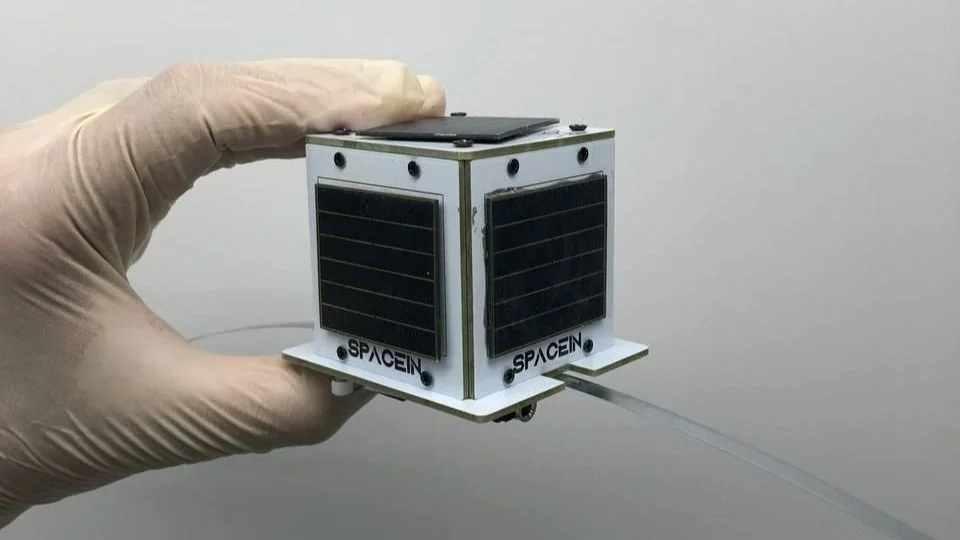 1P PocketQube SpaceANT. Credit: Alba Orbital
1P PocketQube SpaceANT. Credit: Alba Orbital
This breakthrough is more than a technical achievement because it is the accomplishment of a vision that started more than fifteen years ago at Morehead State University. Alba Orbital says that this is a milestone that completes the democratization of space access, and that the mission that the company intended to achieve, which is to ensure that space is available to all, is coming to reality with the practical launches and working missions. The impending launch has educational and scientific payloads, which are the result of collaborative work of the teams of several countries, proving the collaboration of countries in space development. This is a critical inflection point where PocketQube technology has not just been shown as experimental but also as a consistent, repeatable platform upon which real space missions of scientific and educational significance can be carried out.
Understanding PocketQube Technology
PocketQubes are ultra-miniaturized satellites that measure just 5 cubic centimeters per unit, denoted as “1P,” making them among the smallest operational satellites ever developed and fundamentally changing perceptions about what’s required to conduct meaningful space missions. Despite their diminutive size, PocketQubes pack impressive capabilities and versatility, serving numerous critical applications across Earth observation, Internet of Things networks, communications, and advanced technology demonstrations. The compact form factor of these satellites enables launches through Alba Orbital’s dedicated launch services starting from as little as €25,000, opening unprecedented opportunities for organizations with limited budgets to access space that would have been economically prohibitive just a decade ago. This affordability has transformed space access from an exclusive privilege to an inclusive opportunity, empowering high schools, universities, startups, and research institutions worldwide to participate in cutting-edge space exploration.
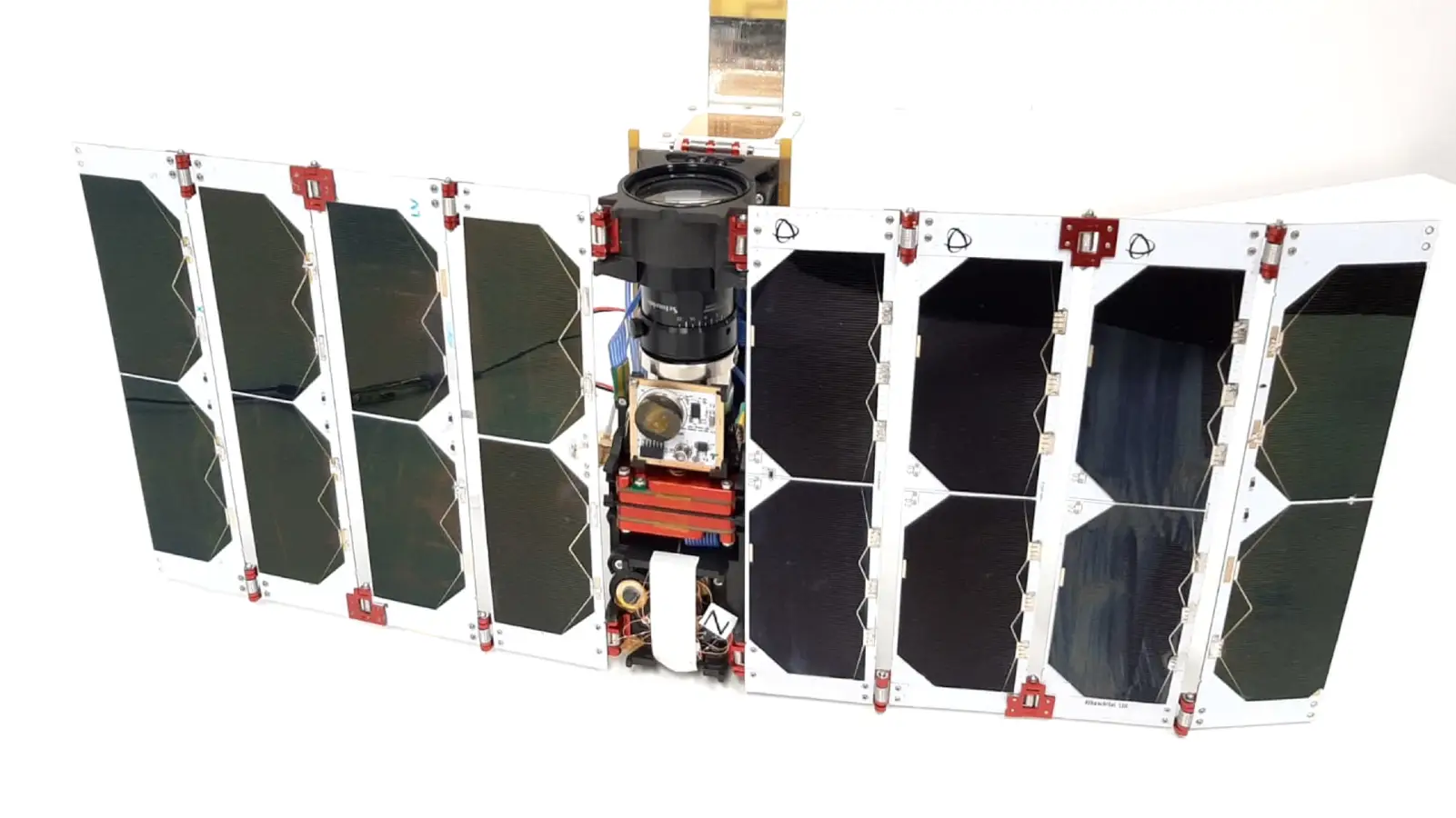 Alba Orbital’s Unicorn-2I. Credit: Alba Orbital
Alba Orbital’s Unicorn-2I. Credit: Alba Orbital
PocketQube technology has demonstrated impressive development as the technology has been launched successfully multiple times and examples of successful launches indicate the true scientific and commercial potential of the PocketQube platform. Alba Orbital has already launched 53 PocketQube satellites into space and has collaborated with more than 30 clients all over the world and has become a vertically integrated NewSpace business, offering end-to-end solutions to its clients, including high-tech satellite platforms, low-price launch programs and solutions, and ground station services. Most recent developments are the 3P Unicorn-2 satellite by Alba Orbital, the first of its type to be known as the smallest commercial Earth observation platform in the world, and having the ability to capture high quality and high resolution images comparable to larger satellites in the market. This low cost, high rate of deployment, and true scientific functionality has established a culture of innovation where powerful space missions can be carried out in very small packages, and true innovation lies not in scale but in efficiency, capability, and creative problem-solving.
Student Success Stories and Educational Impact
The educational aspect of PocketQube technology has delivered impressive stories of institutions and student groups in various continents portraying the transformative ability of the platform in learning and development. Another team, RomSpace, composed of high schoolers aged fifteen to eighteen and students of the International Computer High School of Bucharest, fulfilled the historic milestone of Romania by launching the first actively functioning satellite of the country ROM-2 with the size of 1P and soon thereafter ROM-3 with the size of 1.5P, demonstrating that it is not only the tertiary school students who can play a role in such large-scale missions. Through a 1P satellite with an onboard OLED display that could display uploaded photos and messages photographed in the space with a selfie-stick camera, creative thinking in engineering was demonstrated by the HYPE mission of AGH University of Krakow: the satellite was creative as well as innovative in its design due to the integrated onboard display. The examples of these projects demonstrate that PocketQube allows young engineers and researchers to design, manufacture, and launch real satellites and use it to change the educational process of these young people and create the frames of becoming a space technology engineer and technologist.
 Alba Orbital’s Unicorn-2 Platform promo. Credit: Alba Orbital
Alba Orbital’s Unicorn-2 Platform promo. Credit: Alba Orbital
The upcoming historic 100th PocketQube launch carries satellites built by student teams from multiple nations, representing a culmination of this educational journey and international collaboration. HUNITY, developed by students and lecturers at the Budapest University of Technology and Economics in Hungary, tests a new PocketQube platform while supporting student experiments and advancing Hungary’s educational satellite programs through hands-on learning opportunities. SARI-1 and SARI-2, created through Saudi Arabia’s Sari competition organized by the Saudi Space Agency, were built by students and carry imaging, IoT, and telemetry payloads, providing participants with practical experience in satellite engineering and operations. ANISCSAT, created by a university team in Azerbaijan, hosts sensor experiments and a custom telemetry framework, offering students real-world experience in spacecraft design and mission management while supporting the country’s growing space research efforts. These missions demonstrate how international collaboration, facilitated by organizations like Ideia Space, a Brazilian education startup, extends the reach and impact of PocketQube technology across continents and cultures, creating a global community of young space professionals.
The Future of Accessible Space Innovation
The approaching landmark of 100 PocketQubes reaching orbit is much more than a number, it is the symbolic milestone in the space industry as a whole, as it means increased accessibility and inclusivity to organizations of any size or background category. Since the beginning of missions with PocketQube technology, new advanced features have been added with every new mission, including adding higher capability to look at the Earth, expanded IoT networks, new research studies with Terahertz and now experimental payloads, pushing the limits of what can be done with miniaturized satellite design. The increased interest of less expensive and flexible space missions suggests that PocketQubes will continue to dominate the future of space development as individuals, universities and businesses around the world have the ability to engage in groundbreaking research, communication and Earth observation missions that were impossible to undertake ten years ago due to the high costs involved.
According to industry observers, this trend is only the start of what can be done once space technology is fully democratized, and capabilities and innovation continue to define the success of a mission, less about its budget. This shift is not only important to technical accomplishment, but also to a wider effect of scientific cooperation across the world, education, and fairness in access to space-based innovation which can be beneficial to humanity as a whole. The approach of the 100th PocketQube to orbit is a great start to a new time when everybody actually owns the space.

